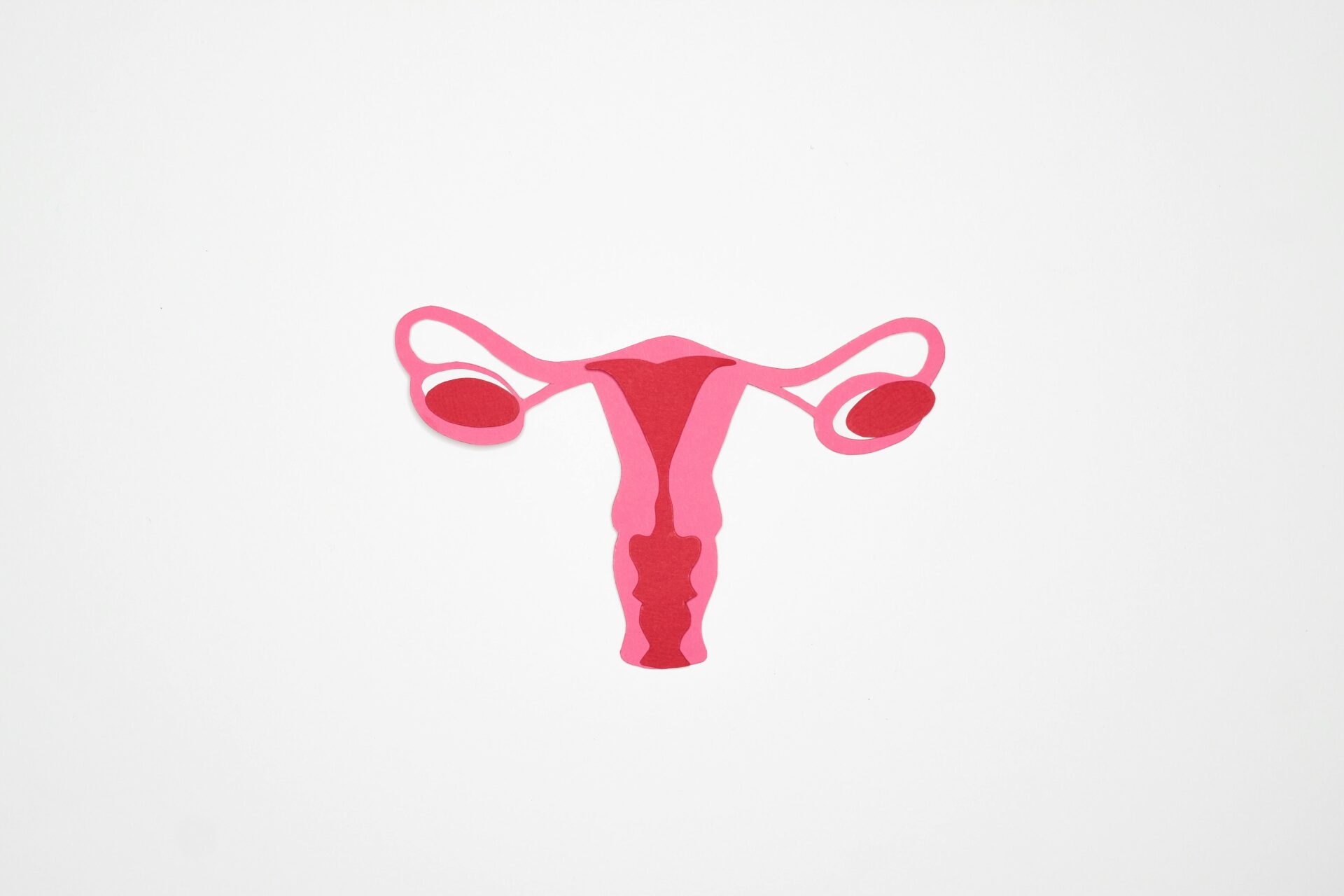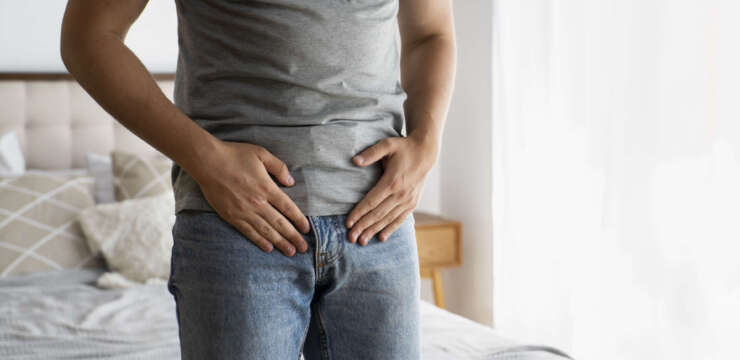Endometriosis comes from the word endometrium, which refers to the lining of the uterus. This condition occurs when tissue similar to the lining of the uterus grows outside the uterus, often on the ovaries, fallopian tubes and other pelvic organs.
Endometriosis can affect any age group including teenagers. It’s a long term condition that can impact daily life but there are treatments available.
Where Endometriosis Occurs
Endometriosis lesions are growths of tissue like the lining of the uterus that grows outside the uterus. They can appear as red, brown, black or blue patches which can be small and flat or larger and nodular. They most commonly occurs in these areas:
- The pelvic cavity lining
- Ovaries
- The outer surface of the uterus
- Space occupied between the uterus and the rectum or bladder
- Fallopian tubes
- Ligaments around the uterus (uterosacral ligaments)
In rare cases endometrial tissue can also be found on:
- Intestines
- Rectum
- Stomach (abdomen)
- Vagina or vulva
- Bladder
- Cervix
Endometriosis Symptoms
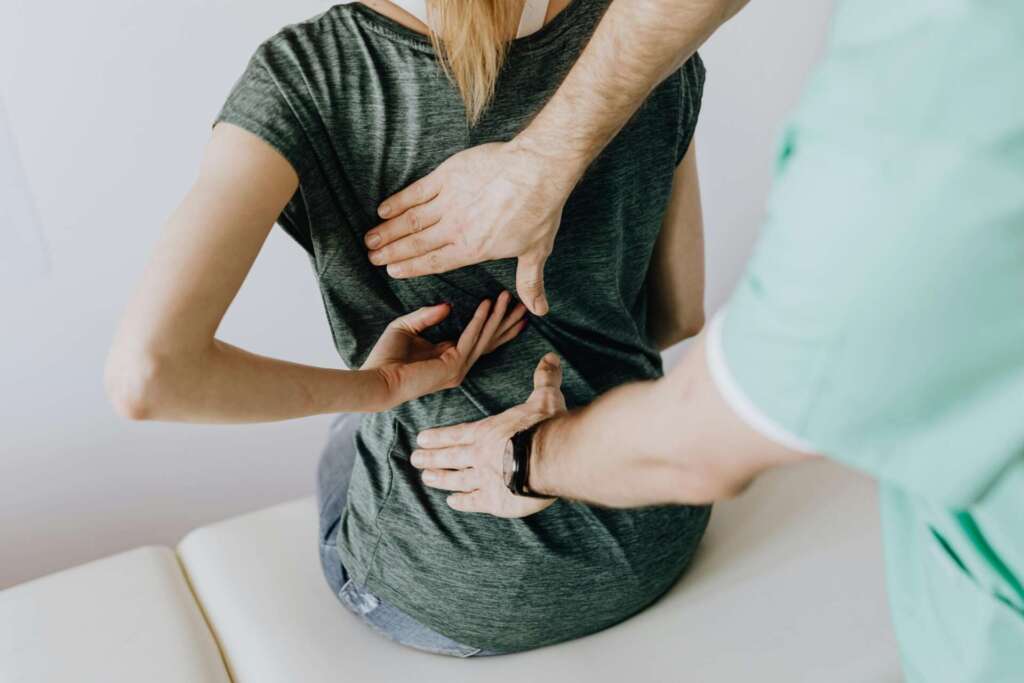
Endometriosis is a common condition with varying symptoms. Pain is the most common symptom and can be mild to severe pain, often on the abdomen, pelvic region and lower back. Other endometriosis symptoms are:
- Severe menstrual pain
- Painful periods
- Pain between menstrual periods
- Painful intercourse
- Heavy menstrual bleeding
- Spotting between menstrual periods
- Infertility
- Painful bowel movements
The severity of endometriosis symptoms doesn’t always correlate with the extent of the condition. Some women may have extensive endometriosis with minimal pain symptoms, while others with minimal endometrial tissue may have severe symptoms.
Silent endometriosis
This refers to when the condition is present, but doesn’t have the typical symptoms of endometriosis like chronic pelvic pain or heavy periods. Despite no obvious symptoms, it can still cause internal damage like endometriosis lesions, adhesions and scar tissue. This asymptomatic form of the disease is often found incidentally during investigations for other issues like infertility. Because it doesn’t show obvious signs, silent endometriosis can go undiagnosed for a long time and can complicate fertility and other reproductive health. Diagnosis requires imaging or laparoscopy where endometrial like tissue outside the uterus is confirmed. Treatment for silent endometriosis is the same as symptomatic cases, hormonal therapies and surgical interventions to manage lesions and improve reproductive outcomes.
Endometriosis Diagnosis
Diagnosing endometriosis can be tricky as symptoms overlap with other conditions. Doctors will review your medical history, do a physical exam, and may do tests such as:
- Ultrasound: Imaging to look for endometrial tissue.
- Laparoscopy: A minor surgery with a thin tube with a camera to look for endometrial patches. This is the gold standard for diagnosis.
Treating Endometriosis
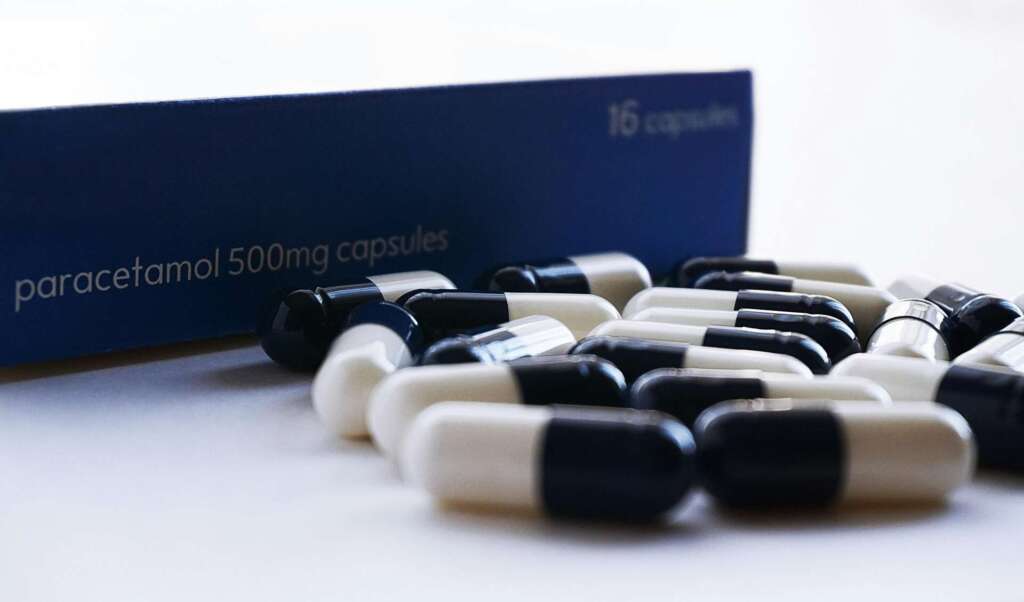
Endometriosis is a chronic disease. There is no cure for it, but there are treatments to manage symptoms and improve quality of life. Endometriosis treatment options include:
- Pain Medications: Over the counter pain medications like ibuprofen or paracetamol can help with endometriosis pain.
- Hormone Therapy: These treatments reduce estrogen production to slow down endometriosis growths. Options are:
- Combined oral contraceptive pill (birth control pills)
- Progestogens (IUS, contraceptive injection, implant, or progestogen-only pill)
- GnRH analogues (induces temporary menopause)
Talk to your doctor about the side effects as hormone treatments may affect fertility while in use but not permanently.
Endometriosis surgery options are:
- Laparoscopy: A laparoscopic surgery is a surgical procedure to remove endometriosis growths.
- Hysterectomy: In severe cases where other treatments fail. This surgical procedure involves removal of the uterus and is a big decision with big risks.
AIP Diet for Endometriosis
The Autoimmune Protocol (AIP) diet is a special diet that reduces inflammation and supports the immune system which some women with endometriosis find helpful. The AIP diet eliminates foods that can trigger inflammation or immune responses such as grains, legumes, dairy, processed foods, refined sugars and certain food additives. Instead it focuses on nutrient dense whole foods like vegetables, fruits, lean meats, fish and healthy fats like olive oil and avocado.
The goal is to heal the gut, reduce systemic inflammation and potentially alleviate endometriosis symptoms like pain and digestive issues. It also encourages bone broth, fermented foods and organ meats which are believed to promote gut health and nutrient absorption.
While the AIP diet is not a cure for endometriosis some women report improved symptom management and overall well being by following this anti-inflammatory diet. Always consult with your healthcare provider before making any big changes to your diet to make sure the AIP diet is right for you.
Endometriosis and Fertility
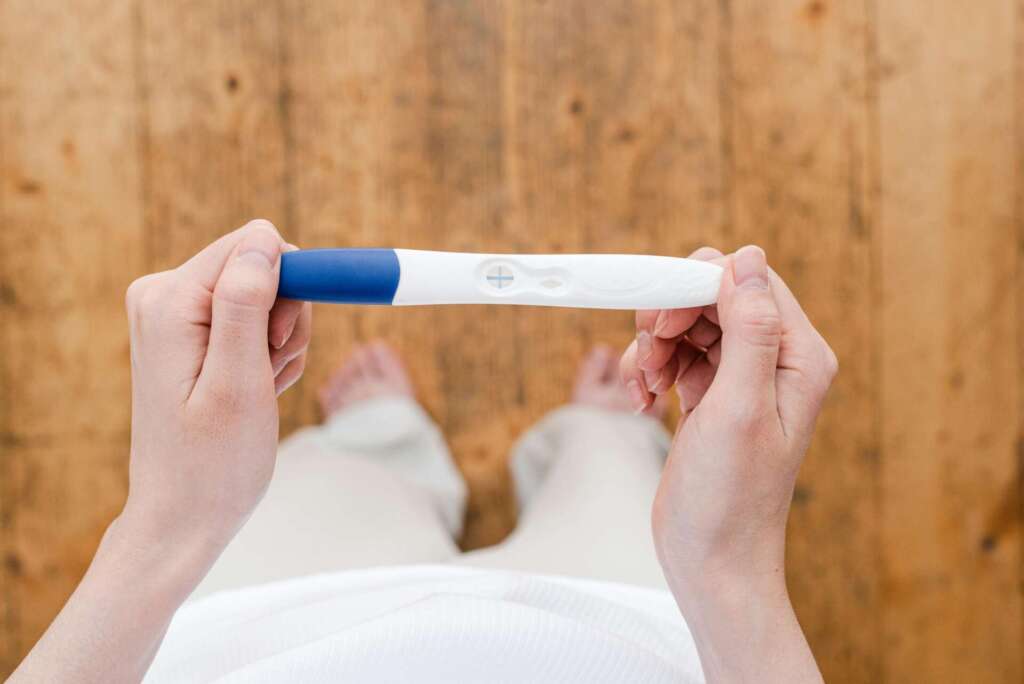
Endometriosis can affect fertility as the growths can interfere with the function of the ovaries, tubes and uterus. Endometrial tissue outside the uterus can cause distorted pelvic anatomy, blocked egg release and impaired fertilisation and implantation. Endometriosis patients may have reduced fertility, may struggle to get pregnant naturally and may need medical intervention such as surgery or fertility treatment to get pregnant. However, not all people with endometriosis will have fertility issues.
Is Endometriosis Life Threatening?
Endometriosis is not life threatening but it can impact your quality of life. The chronic pain and other symptoms of endometriosis can be debilitating and affect daily activities, mental health and overall well being. In rare cases severe endometriosis can cause bowel or bladder obstruction which may need surgery. Although the condition itself is not fatal, the complications and impact on overall health and fertility can be huge and requires ongoing medical management and support.
It’s not cancerous, though women with endometriosis may have slightly higher risk of certain cancers such as ovarian, endometrial and breast cancer. But overall risk is low.
Complementary Therapies

Ann’s Top Tips
Additional therapies for endometriosis aim to help with symptoms and quality of life along with conventional medical treatments. Some additional therapies that may help you:
- Acupuncture: Acupuncture may help with endometriosis pain and inflammation by stimulating specific points on the body. Limited research but you may choose to try.
- Dietary Changes: Anti-inflammatory diets rich in fruit, vegetables, whole grains and omega 3’s may help. Reducing processed foods, red meat and dairy is often recommended.
- Herbal Medicine: Turmeric, ginger and green tea have anti-inflammatory properties that may help.
- Physical Therapy: Pelvic floor physical therapy can help with pelvic pain and function.
- Yoga and Meditation: These can help with stress, flexibility and endometriosis pain management through relaxation techniques.
- Supplements: Magnesium, vitamin D and omega 3’s may help overall health and reduce inflammation.
- Heat Therapy: Heating pads or warm baths can help relieve pain.
- Mind-Body Techniques: Mindfulness, biofeedback and cognitive-behavioral therapy can help with chronic pain and mental well-being.
🚫 Warning 🚫
Remember these tips are to be used in conjunction with conventional medical treatment.
Some women try traditional Chinese medicine and herbal supplements but there is no scientific evidence to support the use of these methods to treat endometriosis. Some women also use alternative therapies like traditional Chinese medicine (TCM) and herbal supplements like evening primrose oil, turmeric and ginger to help alleviate symptoms because of their anti-inflammatory properties. But there is no scientific evidence to support the use of these alternative methods for endometriosis. Since there are no rigorous clinical studies, the safety and effectiveness of these treatments are not established. Always consult your gynaecologist for the best treatment plan for your situation.
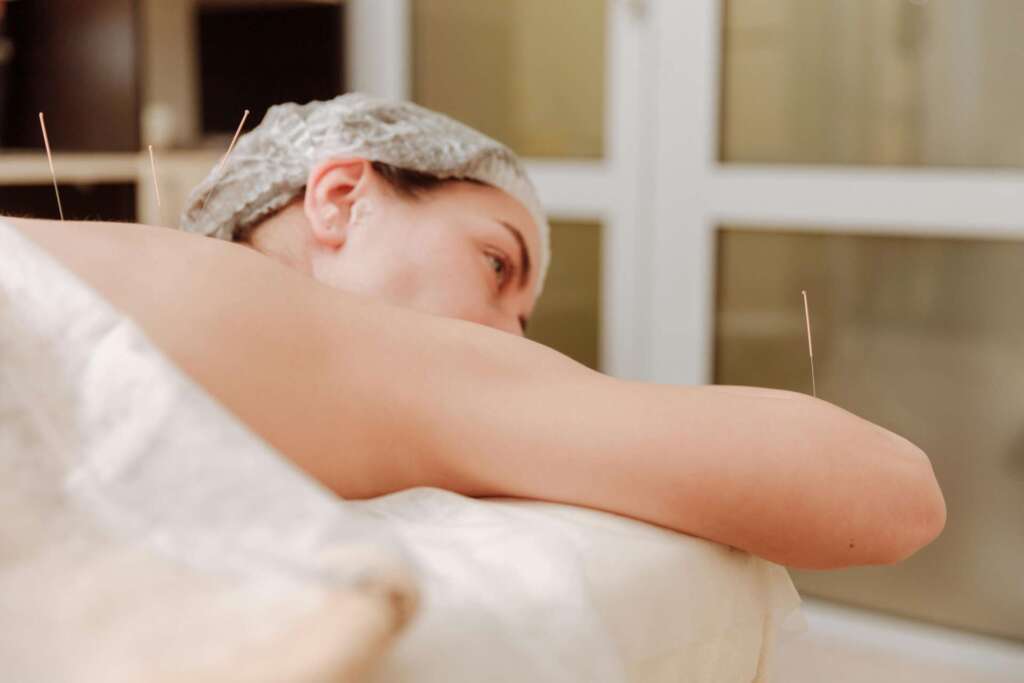
Endometriosis vs PCOS
Endometriosis and polycystic ovary syndrome (PCOS) are two common gynecological conditions that can affect a woman’s reproductive health. Though they share some symptoms, they have distinct characteristics and implications.
| Aspect | Endometriosis | Polycystic Ovary Syndrome (PCOS) |
| Cause | Tissue similar to the uterine lining grows outside the uterus. | Hormonal disorder with multiple ovarian cysts and high androgen levels. |
| Symptoms | Severe menstrual cramps, chronic pelvic pain, pain during intercourse, heavy menstrual bleeding, infertility. | Irregular/absent menstrual periods, excessive hair growth, acne, obesity, infertility. |
| Diagnosis | Pelvic exams, ultrasound, MRI, laparoscopy. | Clinical symptoms, blood tests for hormone levels, ultrasound. |
| Impact on Fertility | Can cause infertility due to distorted pelvic anatomy and impaired function of reproductive organs. | Can cause infertility due to irregular ovulation or lack of ovulation. |
| Treatment | Pain management, hormonal therapy, surgery to remove endometrial tissue. Fertility treatment. | Lifestyle changes (diet/exercise), hormonal birth control, medications for insulin resistance, fertility treatments. |
While both conditions can lead to infertility and have overlapping symptoms such as menstrual irregularities and pelvic pain, their underlying causes, diagnosis, and treatment strategies differ. It’s essential for women experiencing symptoms of either condition to seek medical advice for accurate diagnosis and appropriate treatment.
Managing Endometriosis: Layla’s Story

Layla, 27, has had severe pelvic pain, heavy bleeding and chronic fatigue for years. The pain is debilitating during her periods and affects her daily life. Despite all this she remained undiagnosed for a long time, believing it’s just part of having painful periods.
Layla came to me, frustrated and seeking answers about her excruciating period pain, pain during sex and lower back and abdominal pain. I suspected Layla may be suffering from endometriosis based on her symptoms. I recommended she consult her gynecologist for confirmation.
Diagnostic Process
Layla’s gynaecologist does a pelvic exam and orders an ultrasound to look for any abnormalities. The ultrasound doesn’t show any definitive signs of endometriosis but he explains that endometriosis can be hard to detect through imaging alone. He recommends a laparoscopy, a minimally invasive surgery, to confirm the diagnosis.
Diagnosis
During the laparoscopy the gynaecologist, finds and confirms the endometrial cells/endometriosis tissue outside Layla’s uterus, on her ovaries and pelvic lining. The diagnosis of endometriosis is confirmed and some of the endometrial tissue is removed during the procedure to alleviate Layla’s symptoms.
Treatment Plan
Gynaecologist creates a comprehensive treatment plan for Layla’s endometriosis and to improve her quality of life:
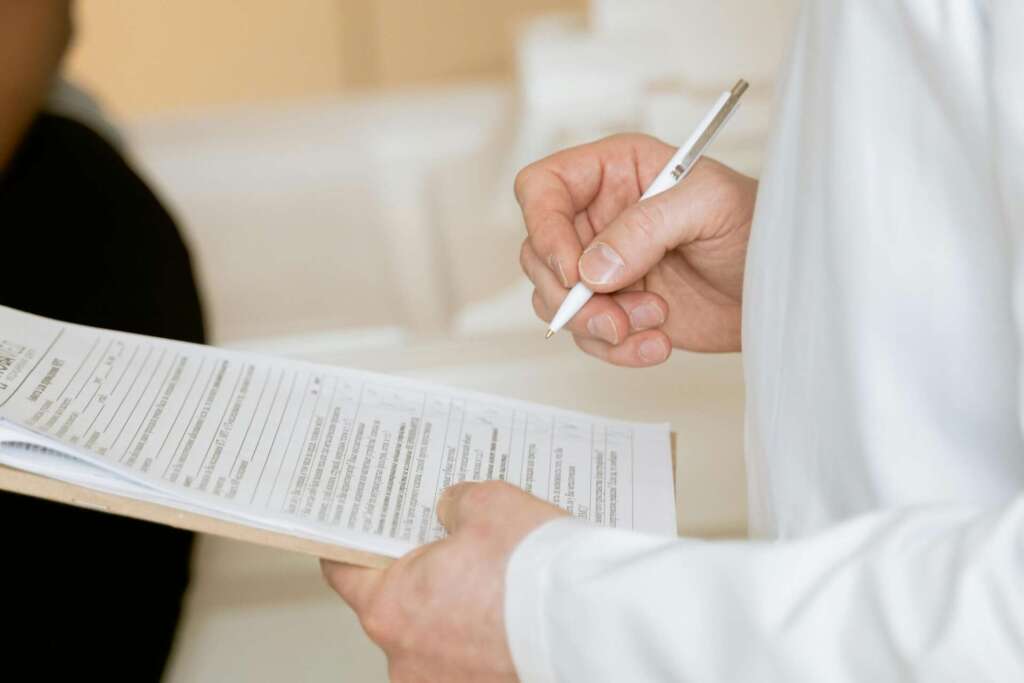
1. Medications:
- Pain Relief: Gynaecologist prescribes NSAIDs to help Layla with her period pain.
- Hormonal Therapy: To reduce the growth of endometrial tissue Dr. prescribes hormonal contraceptives to regulate Layla’s periods and reduce pain.
2. Lifestyle Changes:
- Diet and Nutrition: Dr. recommends an anti-inflammatory diet rich in fruits, vegetables, whole grains and omega 3 fatty acids and to reduce red meat and processed foods.
- Exercise: Regular exercise can help reduce pain and overall well being. Dr. recommends low impact exercises like yoga, swimming and walking.
3. Complementary Therapies:
- Physical Therapy: Dr. refers Layla to a physical therapist who specializes in pelvic floor therapy to help with pain and pelvic health.
- Acupuncture: As a complementary therapy acupuncture can provide additional pain relief and improve quality of life.
4. Support and Education:
- Support Groups: Dr. encourages Layla to join support groups for endometriosis. Connecting with others who have the same condition can provide emotional support and coping strategies.
- Education: Dr. gives Layla educational resources about endometriosis so she can understand her condition and the importance of following her treatment plan.
Follow-Up
Layla follows the gynecologist’s treatment plan. She takes her medications, makes dietary changes and exercises regularly. She also attends physical therapy sessions and tries acupuncture and finds both helpful in managing her pain.
Outcome
Over the next few months Layla notices a big reduction in her pain and overall well being. Her periods become more manageable and she feels more energetic and less tired. Regular follow up appointments with myself and her gynecologist helps her monitor her progress and make any necessary changes to her treatment plan.
Layla’s case shows how difficult it is to diagnose and manage endometriosis a condition that can greatly impact a woman’s quality of life. With a comprehensive and personalized treatment plan including medications, lifestyle changes and complementary therapies Layla is able to manage her symptoms and improve her overall well being.
Conclusion
Endometriosis affects millions of women worldwide and can cause pain, inflammation and other symptoms. Understanding and managing the condition through clinical evaluation, imaging and right treatments can improve quality of life. By spreading awareness and supporting research we can make a real impact on the lives of those who have endometriosis. If you have symptoms, see a doctor and document your symptoms to help in diagnosis and treatment.
Watch my video about the best diet for women with endometriosis:
References:
- National Health Service (NHS). Endometriosis Treatment. Available here.
- Cleveland Clinic. Endometriosis. Available here.
- Healthline. Polycystic Ovary Disease. Available here.
Disclaimer: The contents of this article exists for educational purposes only. It is not a substitute for professional medical advice, diagnosis, or treatment. Always consult your doctor if you are worried or have symptoms.
